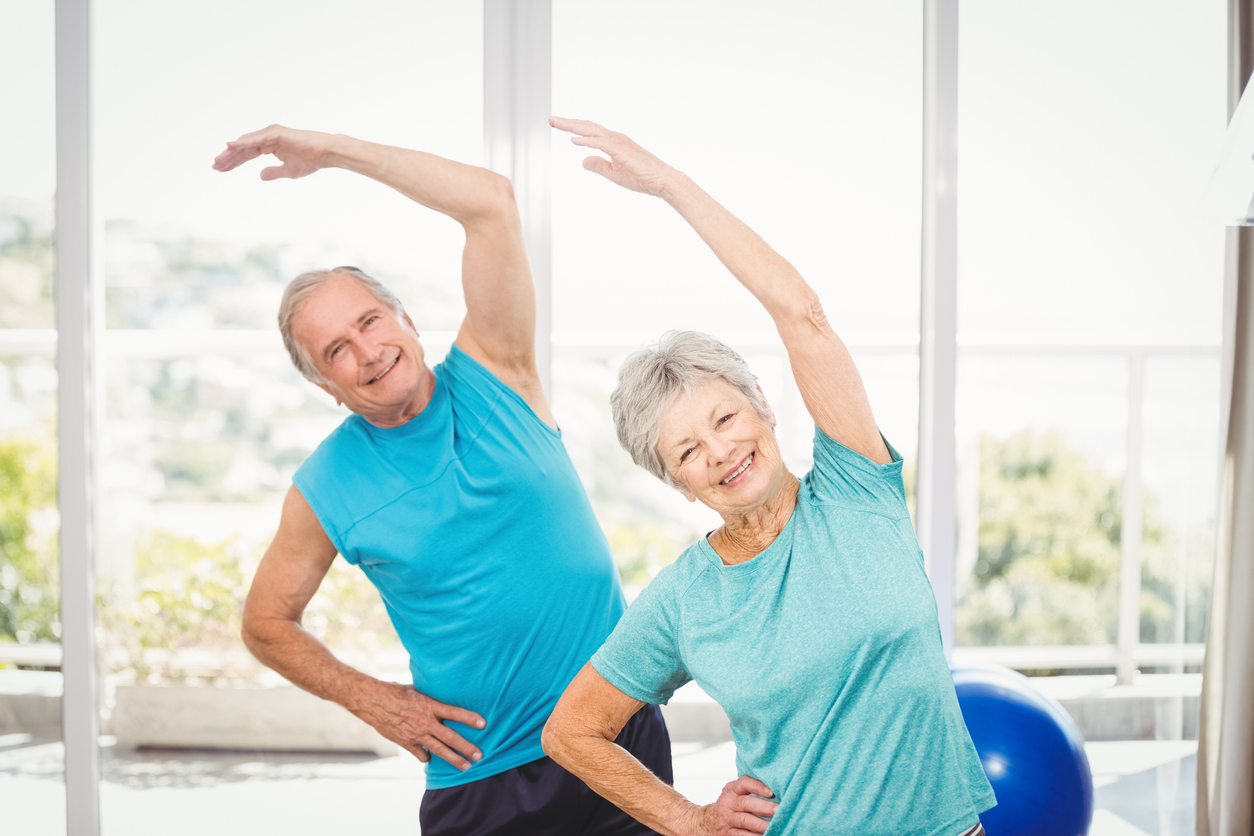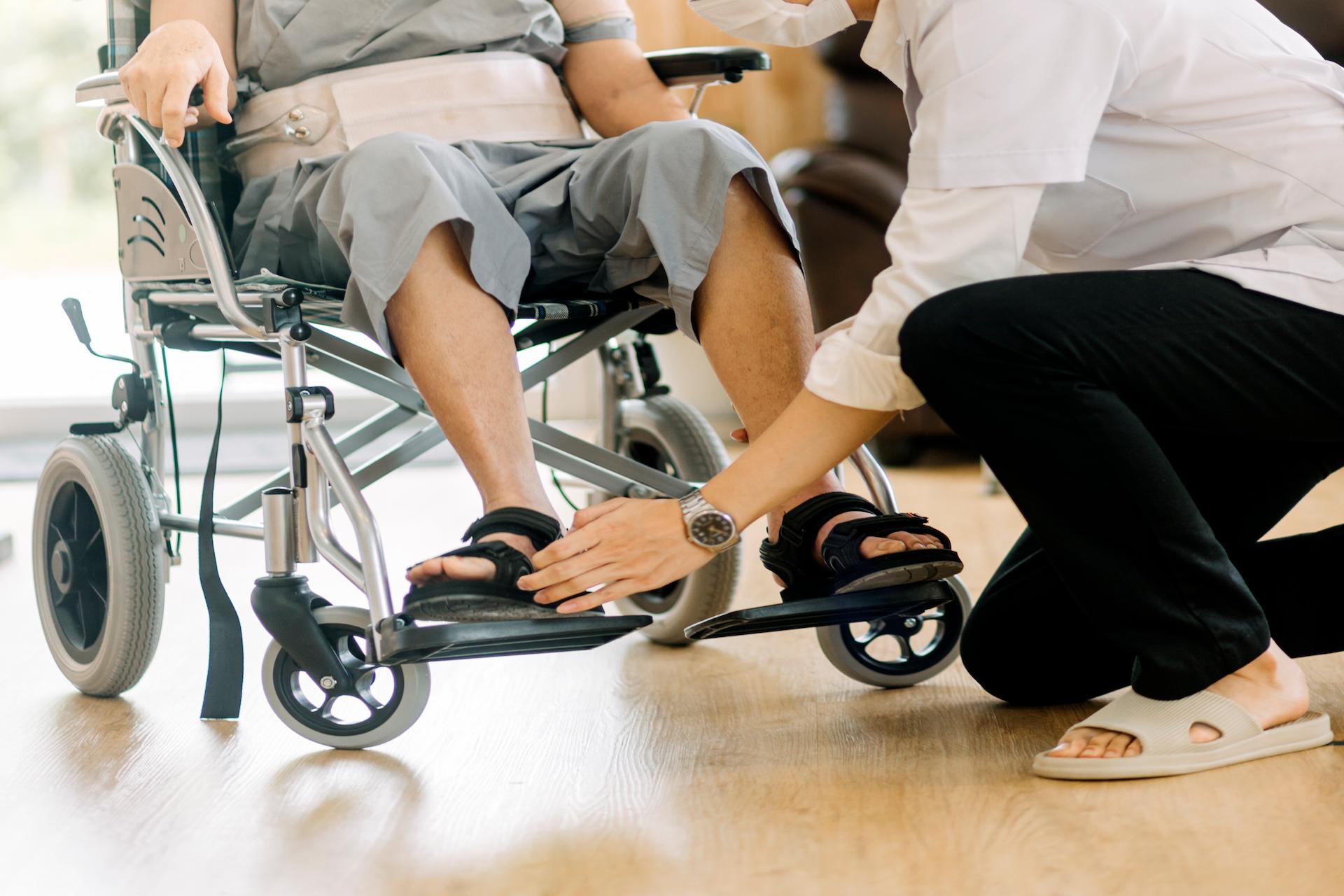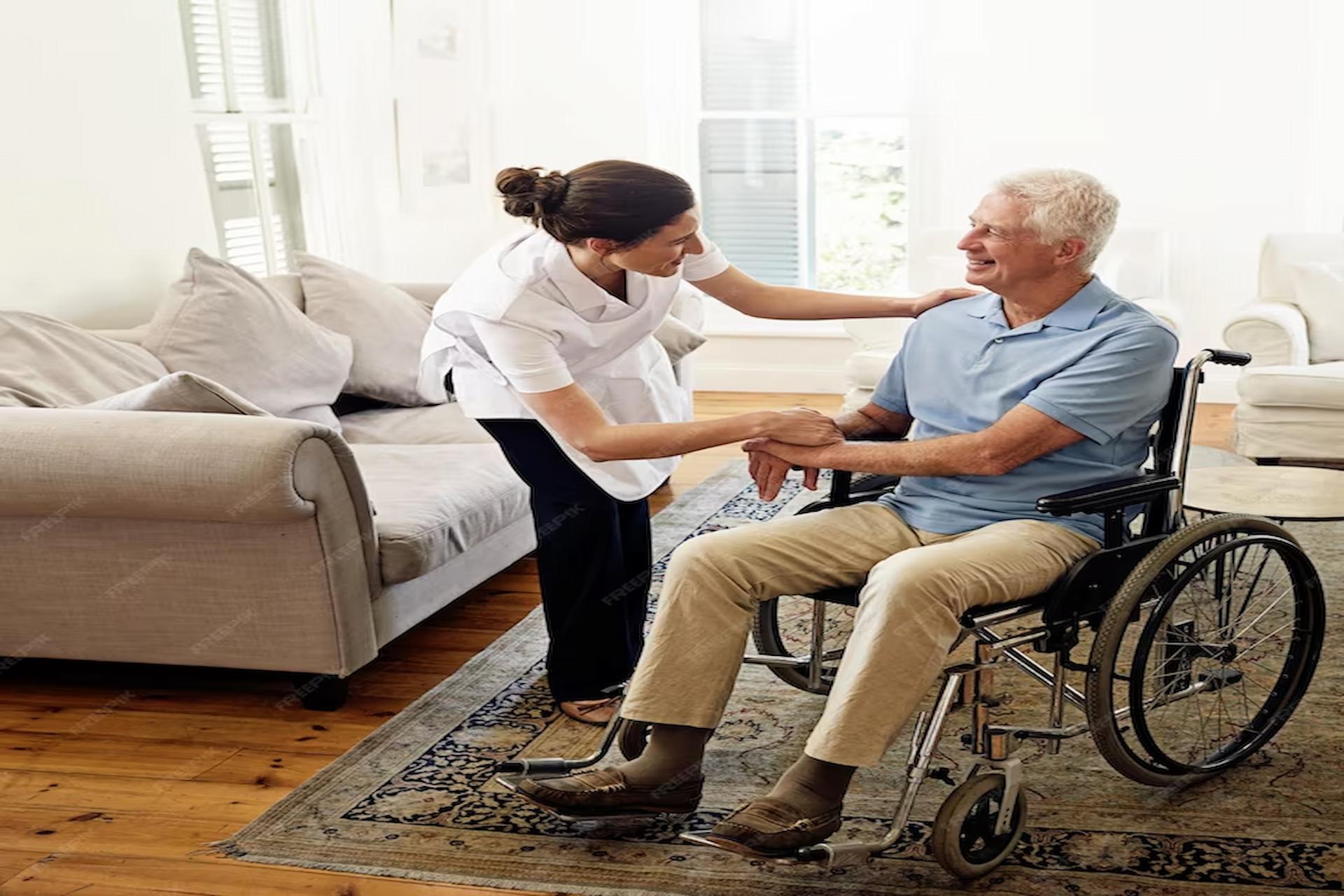We’re always being told to “keep active” or “exercise regularly” but it’s not always clear what’s meant by that. How many minutes per day does that mean? How many times a week? What counts as exercise anyway?
Strength Vs Aerobic Exercises
There are two types of exercise that people over 65 should be encouraged to do.
Strength exercises – and no we don’t meaning pumping iron although you can if you wish– aim to maintain muscle tone and keep you steady on your feet. Falls are a big danger as you get older and unless you have live-in care at home or daily visitors they could leave you stranded for days. Simple strength exercises include bends, squats, lunges – even gardening!
Aerobic exercises are the sort that get you a bit more out of breath. Swimming, walking purposefully, dancing or fast cycling are the sort of exercises that we are talking about here. Aerobic exercise improves circulation, heart health and digestion and strengths your cardiovascular system against damage and decay.
How much should you do?
The NHS advise that you should do 150 minutes of moderate aerobic exercise per week or 75 minutes of vigorous aerobic exercise along with at least two or more sessions of strength exercises. Whilst there may be limitations on the type of exercises you do – or you may need assistance from you home care services to access exercise classes – you should follow these guidelines unless your doctor has advised otherwise.
That sounds like quite a lot doesn’t it?
It does but actually it’s not as bad as it seems. If you attend a 30-minute exercise class three times a week then you’ve already managed 90 minutes. If those exercises make you properly out of breath then it counts as vigorous activity and you’ve easily hit the target as you won’t be exercising at a vigorous level for the whole of the class.
You don’t have to be formally exercising to include an activity. Walking the dog or going to the shops on foot both count towards that goal of 150 minutes of moderate exercise. Other activities could include mowing the lawn or attending a tea dance.
What about those strength exercises?
Additionally, you should be aiming to use the muscles in your legs, hips, back, abdomen, chest, shoulders and arms in a way that strengthens them. This is on top of the aerobic exercise although some types of aerobic exercise also strengthen muscles. If you have balance and co-ordination issues then try to choose exercises such as Tai Chi or Yoga which can improve your balance and your muscle tone.
Many daily activities such as carrying groceries or digging the vegetable plot count as strength exercises.
Check with your GP
Of course, it goes without saying that these guidelines are for already fit and active older people. If you are thinking of increasing your activity levels then please check with your doctor and take it slowly at first.





What I love to hear is that there are two types of exercise that people over 65 should be encouraged to do. It is essential for elderly persons to engage in an appropriate level of physical activity, as this can facilitate improved health outcomes and enhance overall quality of life. Thanks for the great article! I enjoyed reading this article very much.